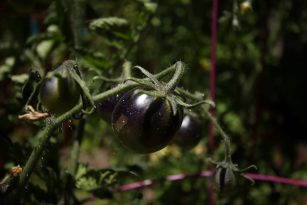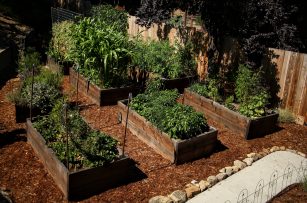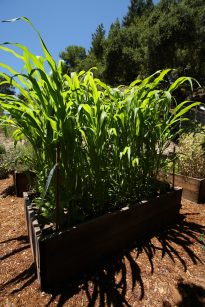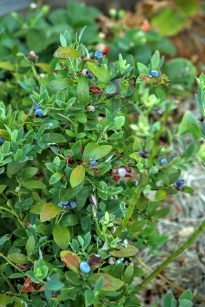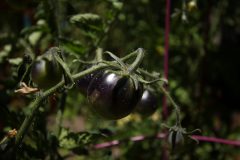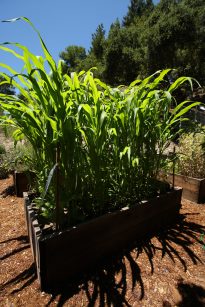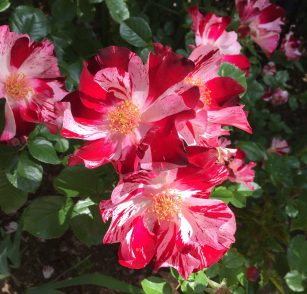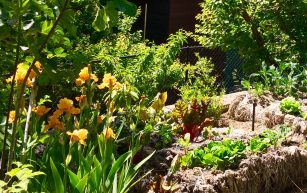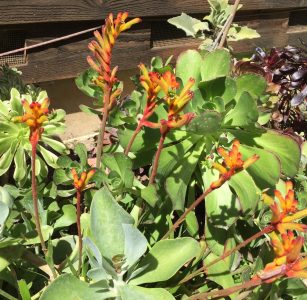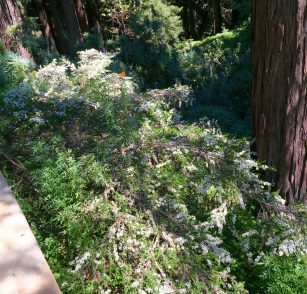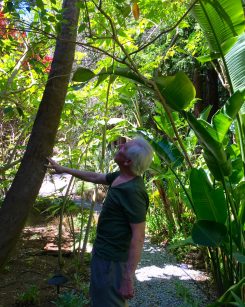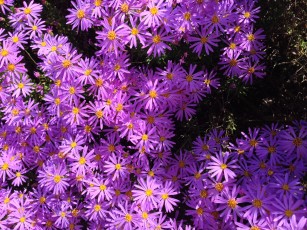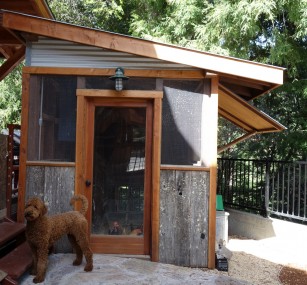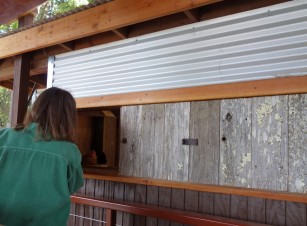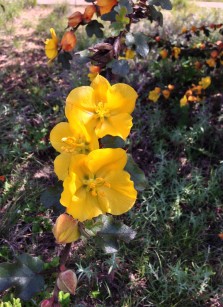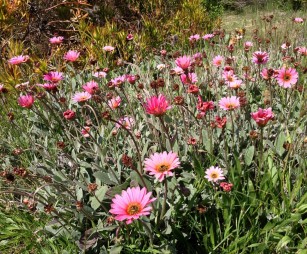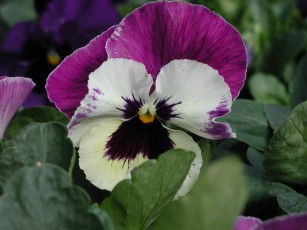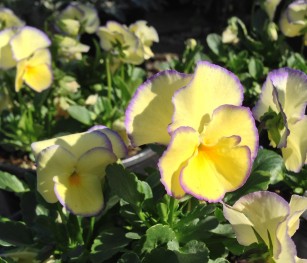Some people wait all year for fall weather to arrive. The heat of summer is over and the tourists are gone along with that pesky fog along the coast. For us up here in the Santa Cruz mountains, this is one of the best times to be outside. Here are tips for early fall in the garden.
Late fall is not a good time for major pruning so if you have some shrubs that need a tune-up do it soon.? Wounds heal slowly later in the fall, leaving them more susceptible to disease. As a general rule, don’t prune when leaves are falling or forming. Wait to prune most trees until late in the dormant season or in late spring after leaves and needles form. To avoid sap flow on birches and maples, prune after leaves mature. Fruit tree summer pruning should have already been done when growth ceased.
Refresh perennials, such as butterfly bush, salvia and yarrow by cutting a third to half of their growth later in the fall.
Rake leaves- compost or put in your green can. If large leaves are left in place they will mat down and set up fungal problems come spring.
Remove dead and diseased leaves from under camellias, rhododendrons and roses.
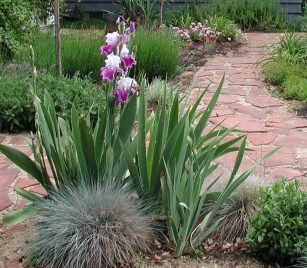
Now through October, divide summer blooming perennials that are overgrown and not flowering well. Alstroemeria, agapanthus, coreopsis, iris, daylily, yarrow, rudbeckia, calla lily, aster and penstemon fall into this category. You can also divide spring blooming perennials like candytuft, columbine, astilbe, bergenia and bleeding heart although they don’t always bloom the first spring afterwards due to the energy they use re-establishing themselves. If you’re on a roll out in the garden, though, go for it now. You never know what other projects you may be working on next spring.
Start perennial flowers seeds now so that they will be mature enough to bloom next year.
Fertilize shrubs lightly one last time with an all-purpose organic fertilizer or layer of compost. Use compost only on California natives.
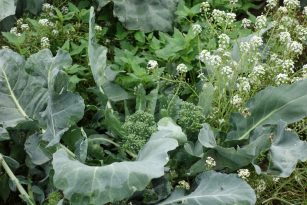
Plant cool season veggie starts like broccoli, cabbage, cauliflower, chard, lettuce, spinach, brussels sprouts, onions and leeks in soil enriched with 4-6″ of compost as summer vegetable crops will have used up much of your soil’s nutrients.You can sow seeds of beets, carrots, radishes, spinach, arugula, mustard and peas directly in the ground. Planting early ensures your plants get a good start before cold weather sets in and growth mostly stops until spring. You?ll be able to start harvesting in just a couple months if you start now that the weather has started to cool.
If you aren’t going to grow vegetables in the garden this fall consider planting a cover crop like bell beans, fava beans and vetch after you’ve harvested your summer vegetables. Next month I’ll talk about how to go about doing this and how this benefits your soil.
Cut back berry vines that have produced fruit. Canes of the current season should be trained in their place.
Spider mites and thrips are especially prolific during the late summer. If some of the leaves on your plants are pale with stippling, spray the undersides of infected leaves with organics like insecticidal soap switching off with neem oil as they build up a resistance to one of the pesticides. Plan to spray with a horticultural oil in the winter to kill overwintering eggs.

